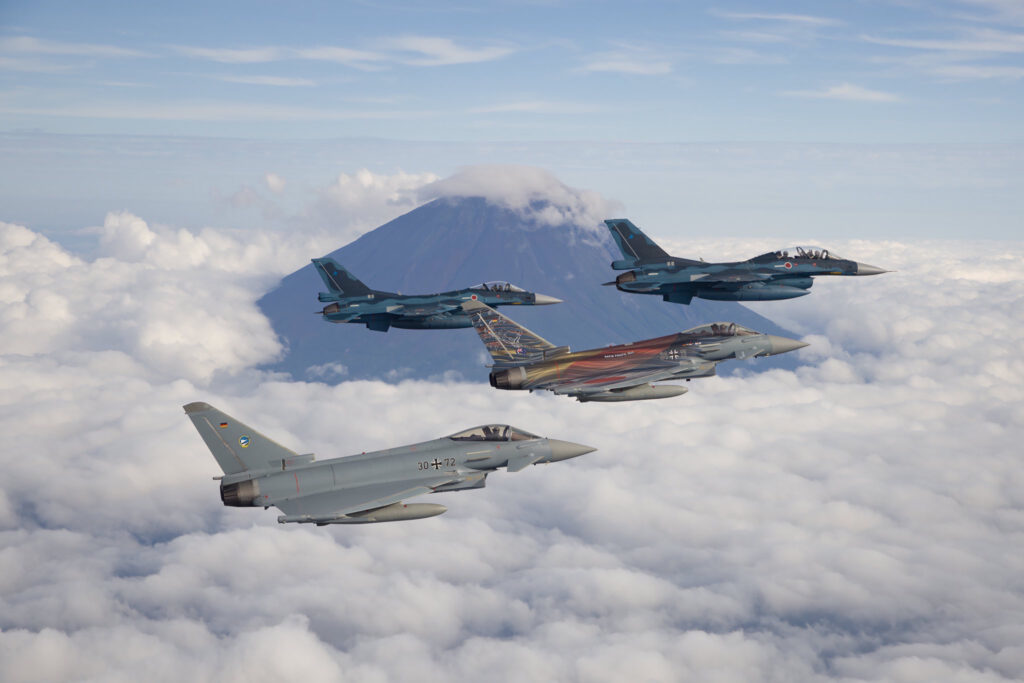
- ARAB NEWS
- 05 Jul 2025

Tokyo: Japan and the United States are stepping up joint exercises in Japan with an eye on “actual combat.”
The Orient Shield 23 drills between Japan’s Ground Self-Defense Force and the U.S. Army started Thursday in Hokkaido, northernmost Japan.
Through the exercises, the Japanese Self-Defense Forces and the U.S. military intend to demonstrate their joint response capabilities in areas where a contingency could be possible, in view of growing military activities by China and Russia.
However, they had to change part of the exercise plans due to difficulties coordinating with local communities concerned.
The enhancement of joint exercises between the SDF and the U.S. military is stipulated in Japan’s three security-related documents, which were revised late last year. At a press conference Friday, Japanese Defense Minister Minoru Kihara said that joint drills are “very important for strengthening the United States’ commitment to the region.”
A total of 3,500 personnel are participating in Orient Shield 23, which will run until Sept. 23. In the drills, the U.S. military’s High Mobility Artillery Rocket System, or HIMARS, which is provided to the Ukrainian military, will be mobilized. The participants will conduct antiship and anti-air combat drills.
A total of 6,400 GSDF and U.S. Marine Corps troops will participate in Resolute Dragon 23, one of the largest defense exercises in Japan, slated to be held Oct. 14-31, practicing island defense and transportation of injured people in the Kyushu southwestern region and the southernmost prefecture of Okinawa. The number of participants will be larger than some 3,500 in the previous Resolute Dragon drills.
Sometimes, coordination with related local communities is difficult, however.
As part of Orient Shield 23, the GSDF and the U.S. Army planned to jointly conduct a surface-to-air missile firing drill at the Shizunai anti-aircraft firing range in the town of Shinhidaka, southern Hokkaido, apparently keeping in mind Chinese and Russian warships sailing to the Pacific Ocean through the Tsugaru Strait between Hokkaido and the northeastern Japan prefecture of Aomori.
But the plan met opposition mainly from the local fishery industry, leading to only the GSDF conducting a live-fire exercise, sources said.
In Resolute Dragon 23, the GSDF’s Osprey transport aircraft will make its first flight over Okinawa using New Ishigaki Airport in the city of Ishigaki, with participants conducting training to airlift injured people.
But following a deadly crash of an Osprey of the U.S. Marine Corps in Australia in August, the Okinawa prefectural government asked the Japanese Defense Ministry’s Okinawa Defense Bureau not to conduct flights by aircraft of the same type.
The GSDF is considering carrying out a civilian protection exercise in which SDF personnel will act as local residents. But it is uncertain if the exercise will take place as planned, after two Ospreys from the U.S. Marine Corps’ Futenma air station in the city of Ginowan, Okinawa, made emergency landings at the Ishigaki airport Thursday.
At a so-called two-plus-two meeting of their foreign and defense ministers in January, Japan and the United States agreed to increase joint drills in areas including Nansei islands in southwestern Japan,
“We can’t easily expand joint drills in light of the feelings of local residents,” a senior official of the Defense Ministry said, however.
JIJI Press